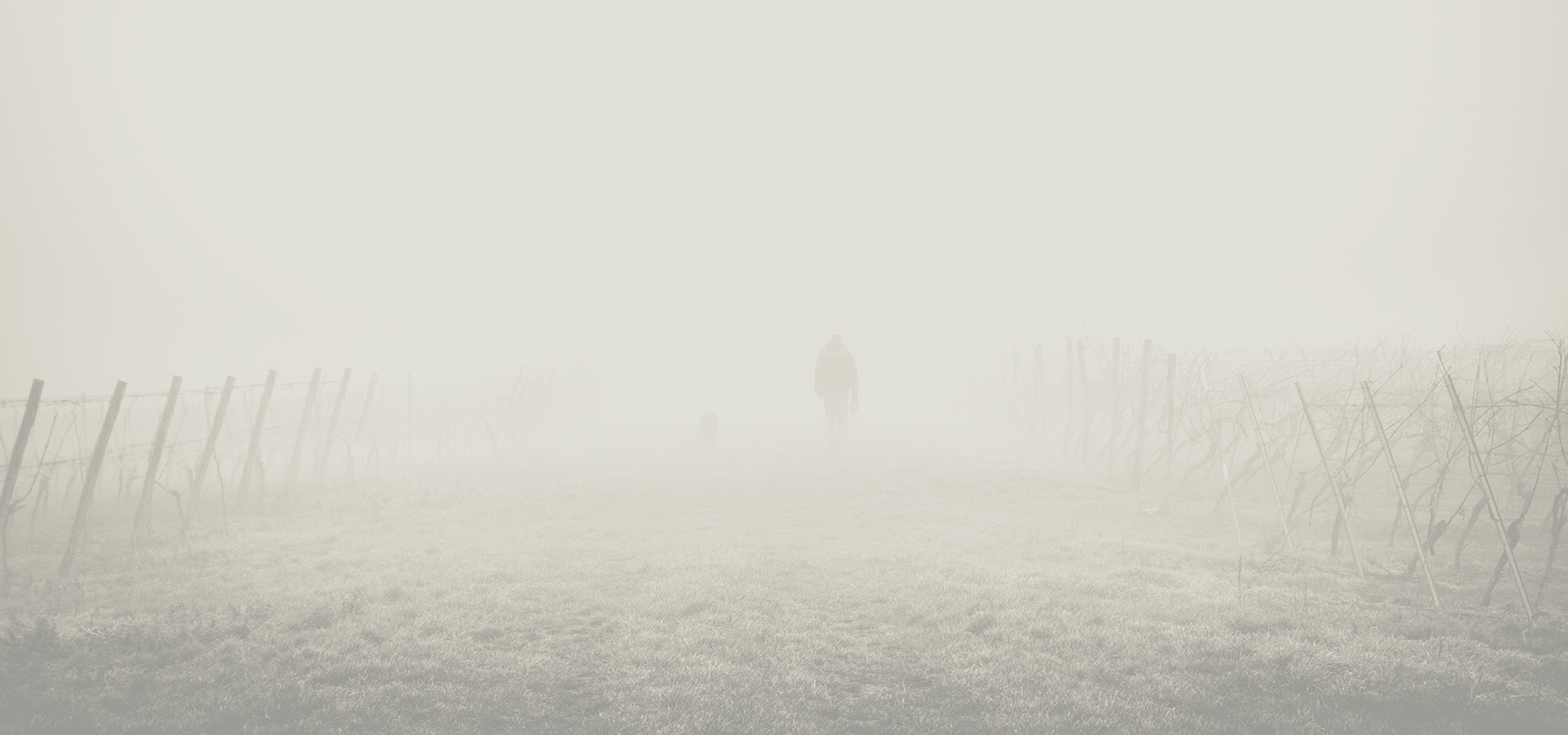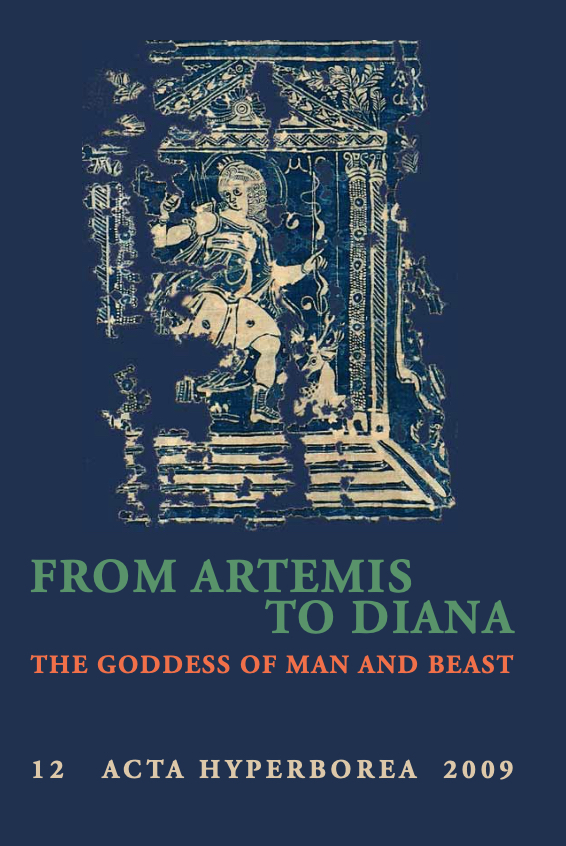Lorem ipsum dolor sit amet, consectetur adipiscing elit. Morbi eu nulla vehicula, sagittis tortor id, fermentum nunc. Donec gravida mi a condimentum rutrum. Praesent aliquet pellentesque nisi.


Artemis in the Bronze Age Pantheon: suggestions of her age and origin
“Artemis was the most popular goddess of Greece”, wrote Martin P. Nils- son in 1925.17 In the classical tradition, she is associated with mountains, woods, hunting and dancing, nymphs, children and young animals, as well as wild animals. “Herself a ‘Mistress of the Wild’ and a survival of a more primitive, pre-agrarian society of hunters, Artemis’ role as protectress of wildlife is conceptually related to her domesticated function as protec- tress of young human life.”18
In the scholarly literature, historians of religion often suppose the existence of a prehistoric Mistress of Animals. The existence of this goddess is based on two assumptions: (1) hunting must have been of major importance in prehistory and must therefore have had its own deity; (2) seals, sealings, pottery and frescos show a female deity with wild animals.19 This female deity is commonly termed Potnia Theron. One should, however, remember that this term first appears – and then only once – in Homer.20 As such, it is an anachronism for a Bronze Age goddess. However, Potnia Theron has become a convenient generic term for any female divinity associated with animals.